Choosing Modern Muscle or Classic Muscle Pt3: Old School Power vs High Tech V8 Performance
For the next chapter in our series on whether you should choose a modern (approximately late '80s and newer) or vintage (mid-'80s and earlier) muscle car for your next project, it’s time to talk engines.
Once again, both eras have their pros and cons and the decision should come down to budget, your own mechanical ability and the type of driving you have in mind. But here are some things to consider:
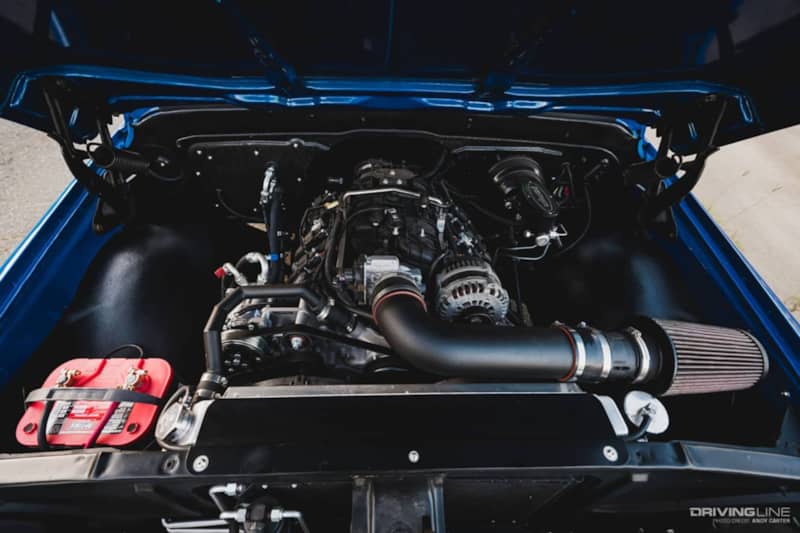
New School vs. Old School
While they might be antiquated, something is enduring about a classic small-block or big-block V8 fed by a carburetor(s). And if you are looking into ‘60s and ‘70s era muscle projects, you’ll also have a lot more choices not just for cars but for engine types as well.
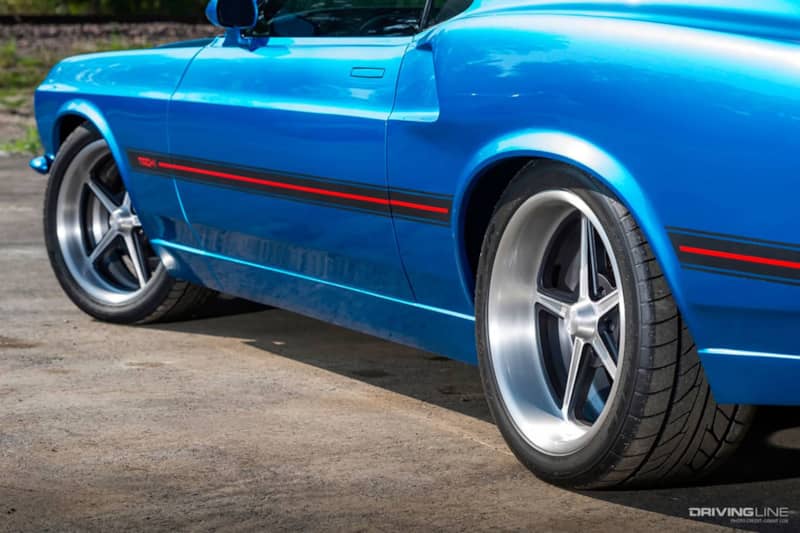
Look at General Motors, for example. Back in the ‘60s each brand had its own unique engines — with a Chevy, Pontiac, Oldsmobile, Buick or Cadillac all building their own V8s completely unique from each other.
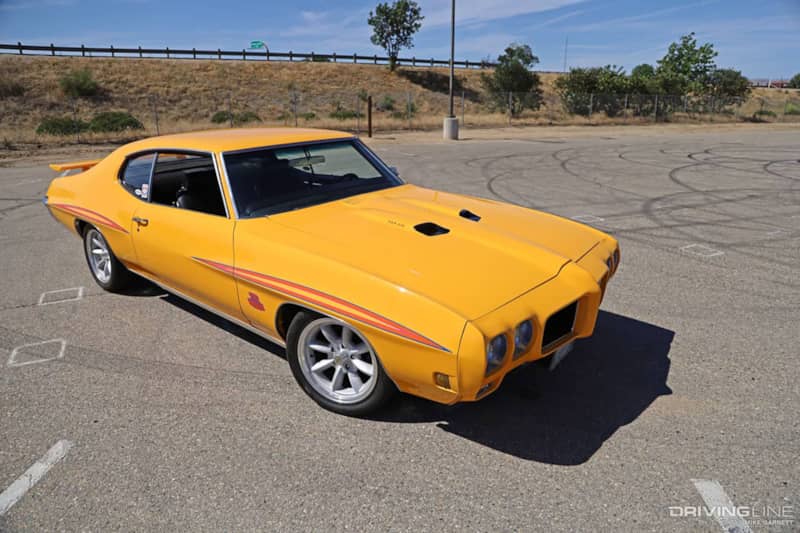
Then there are Mopar small and big blocks, Ford small and big blocks and even oddities like AMC. Yes the popular Ford and Chevy engines will be the most accessible and most affordable to work with, but you aren’t limited in your options. And you can still find brand-new speed parts even for the less popular engines.
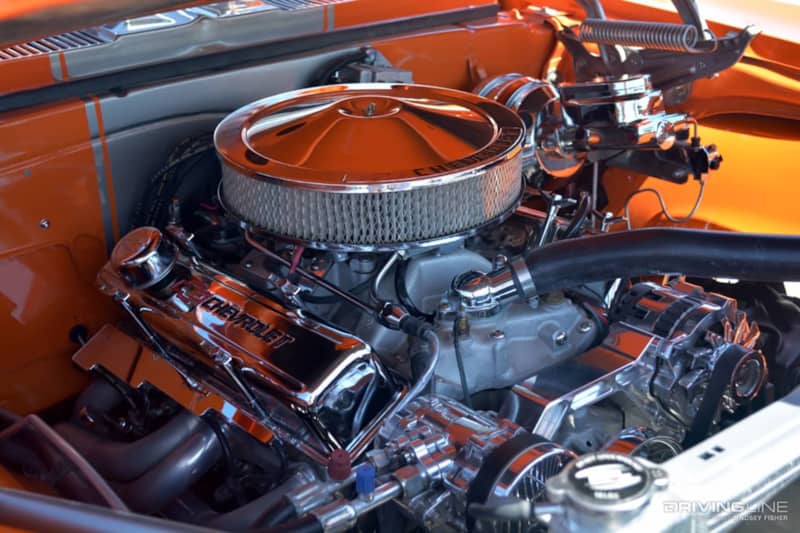
In comparison, a modern V8 like a GM LS1 or LS2, a modular Ford 4.6 or 5.0 or even a Gen III Hemi is going to be a lot more powerful and way more refined out of the box, but you’ll have a lot less options when it comes to vehicle platforms.
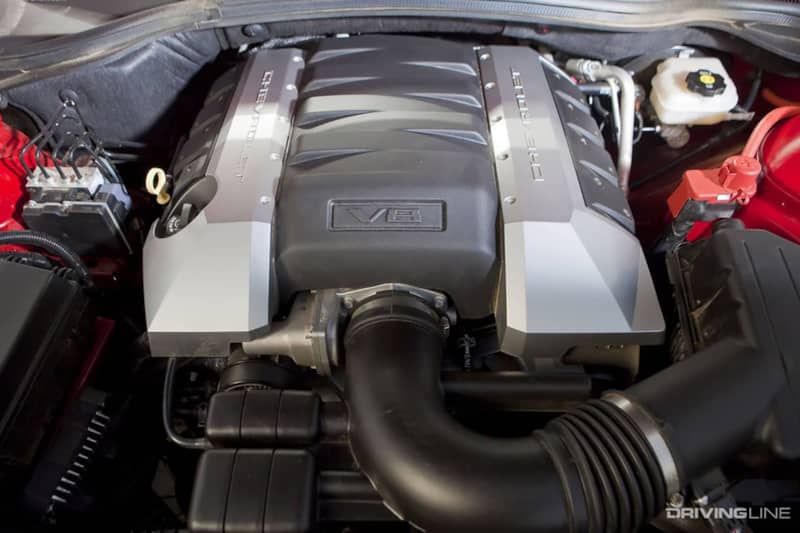
You can also swap one of these modern V8s into an older car, and that’s extremely popular. But you’ll want to ensure both your budget and schedule have room for a more involved project.
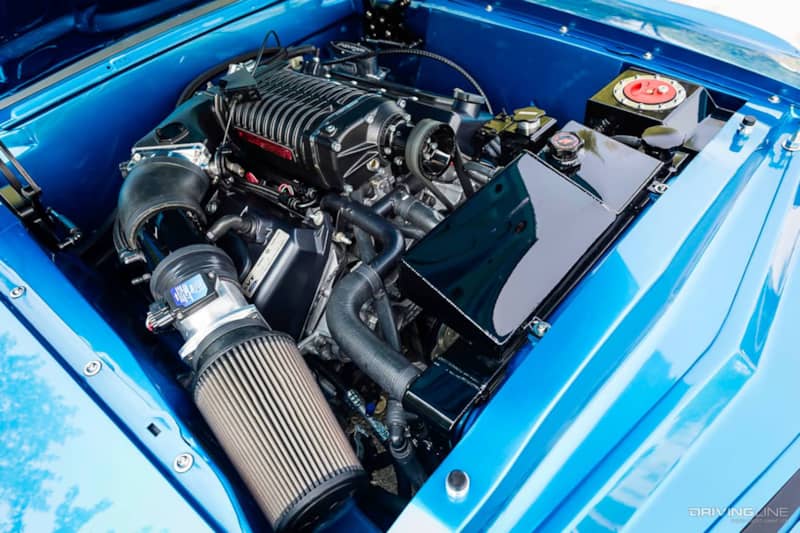
Don't forget there are also nice upgrades like aftermarket fuel injection to help modernize one of these classic V8s without needing an engine swap.
Ultimately you can build an old-school V8 to be as powerful as anything, but when it comes to drivability, fuel economy and refinement, the modern engines are hard to top. How much that stuff matters will depend on whether your project is a weekend toy or something you plant to put a lot of miles on.
Something in the Middle?
If you aren’t fully sold on a classic carb’d V8 or a modern LS or Ford OHC engine, there’s a nice middle-ground option. This space is where engines like the Ford 5.0 Windsor small block and the GM TBI small blocks come in.
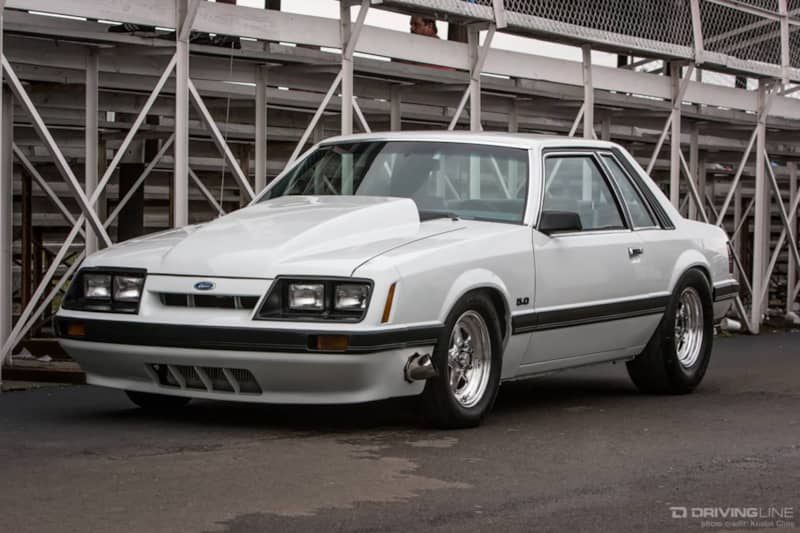
Beneath their updated fuel injection systems, these engines share their roots with the small block V8s of the 1960s. And though they may still seem old-fashioned compared to modern V8s, these motors offer an appealing mix of the old and new.
These engines were a big reason why cars like the Fox Body Mustang and third-generation F-Body were so popular among enthusiasts, and they represented a “high tech” spin on the classic OHV small block.
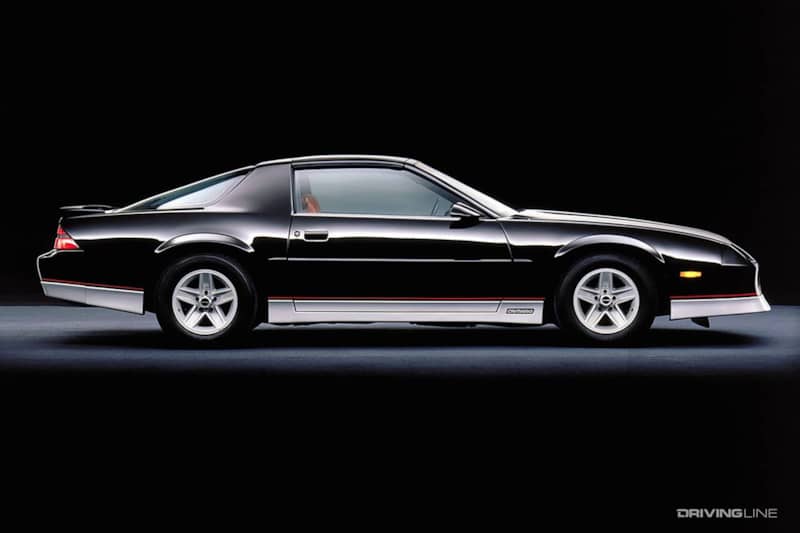
In the era before the LS and Ford Modular motors, swapping a an EFI 5.0 or fuel-injected Chevy 5.7 into a vintage car was a big upgrade and it usually didn’t require changing oil pans, motor mounts or needing to get new exhaust manifolds.
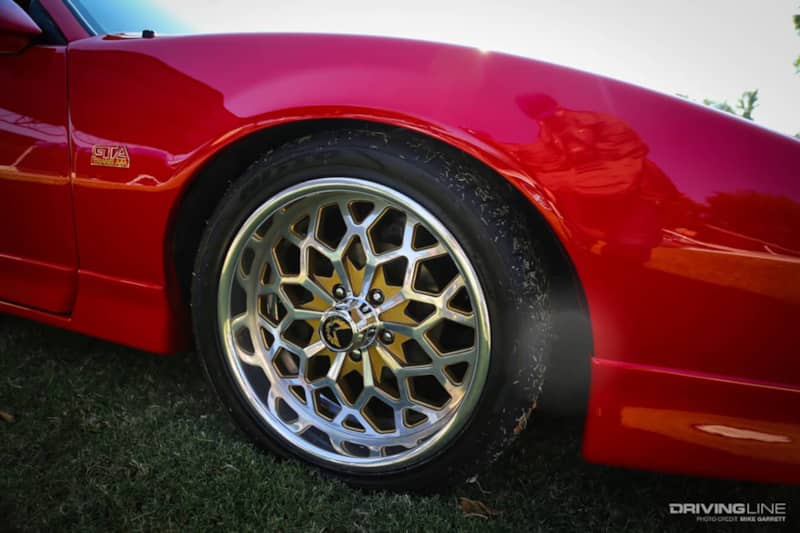
Whether you are looking at Fox Body Mustang or thinking about swapping a 5.0 HO into a '60s Mustang, these 1980s-era V8s don’t offer the same out-of-the-box power as their modern counterparts, but they have no shortage of potential. The biggest issue with them today is that they are now well over 30 years old, meaning they aren’t as “modern” or plentiful as they once were.
Rarity Factor?
Back in the 1990 and early 2000s it used to be a big deal to see a ‘60s or ‘70s muscle car with a late-model engine swapped in, but as the modern V8s have aged and become more plentiful these swaps aren’t as exotic as they used to be.
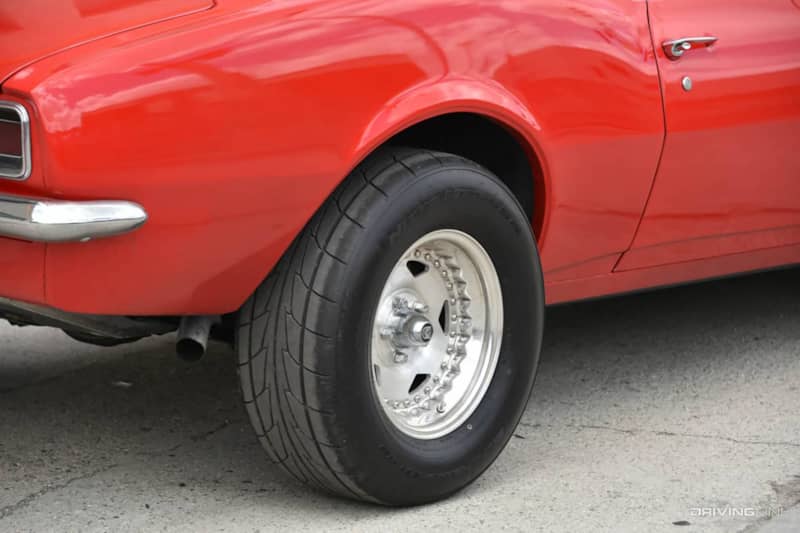
Go to a car show or cruise night today and you’ll see almost as many LS-swaps as you do classic small blocks. In fact, one could almost make the argument that a vintage carb’d engine is the more unique choice now, especially if you’ve got a V8 from one of the smaller brands.
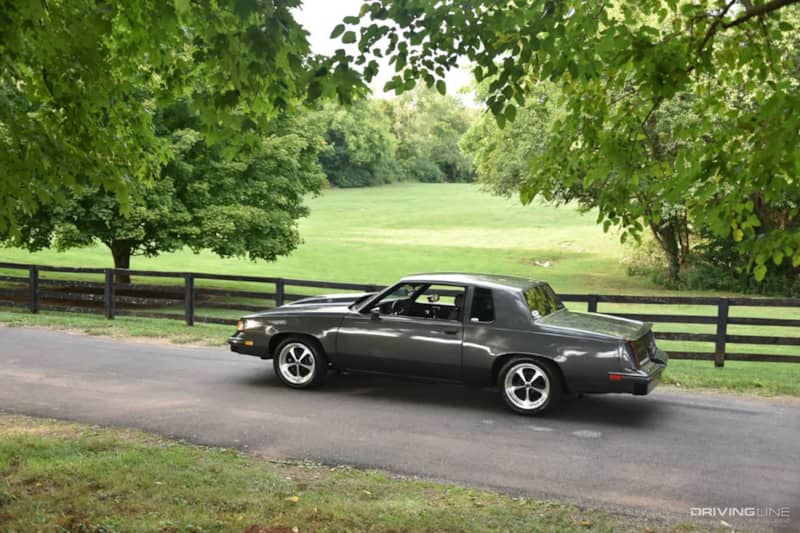
The old saying goes that with enough time, money or mechanical skill just about anything is possible. But for those us working within more realistic boundaries, it’s extra important to choose a project that you can realistically finish.
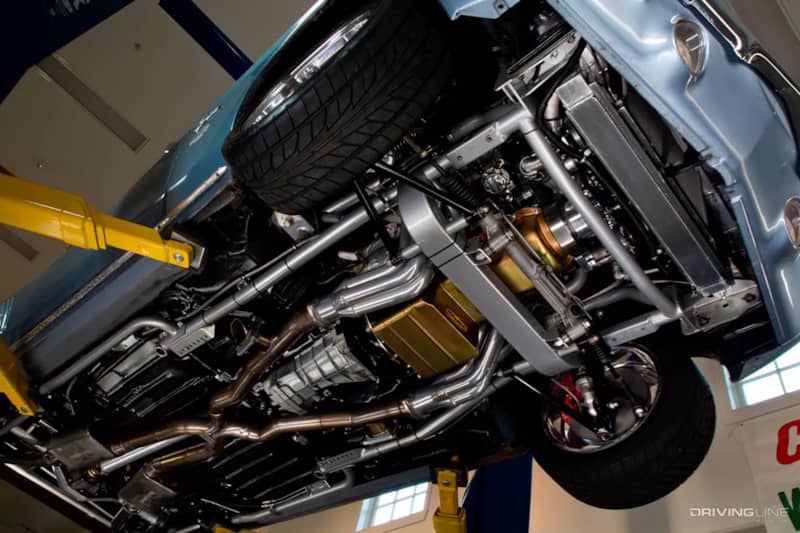
Thankfully, fans of American muscle and performance cars now have more options than ever when choosing platforms, powerplants and more.
And if you do your research beforehand, it should be easier than ever to take on a project that you can enjoy building and driving without going broke or going crazy.
More From Driving Line
- Looking for the perfect blend of a classic body with modern running gear? Check out this Hellcat-swapped '68 Dodge Charger.







